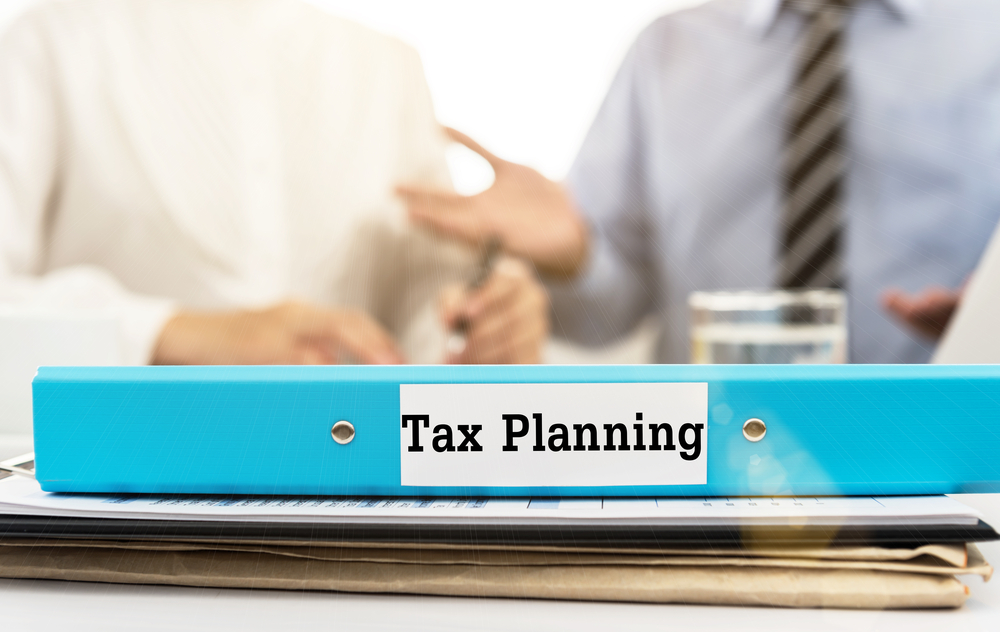Could you find yourself paying more tax?
The 45% additional tax rate doesn’t kick in until your income exceeds £150,000, but you could find yourself paying an even higher marginal rate of tax at a lower income level.What happens when higher rate tax kicks in?
These high marginal rates occur because of the way various reliefs are withdrawn on a cliff-edge basis or are tapered away. Take the personal savings allowance. This is £1,000 if you are a basic rate taxpayer, but the allowance is halved if you have just a pound or two of income taxed at the higher rate of tax – losing maybe £100 of tax relief and resulting in a marginal tax rate of anything up to 10,000%.Tax credits – it is tough at the margin
The withdrawal of tax credits can also be very expensive. Tax credits are clawed back at a rate of 41% once an income threshold is exceeded and with 40% income tax and NICs at 2%, the effective marginal rate could be as high as 83%. Planning can be quite complicated because of the way the tax credits income disregard works, but pension contributions might turn out to be a very attractive proposition. However, the contributions must be paid before the end of the tax year. Where your income is between £50,000 and £60,000, you might be in the position of having a child benefit claim tapered away – you actually pay a tax charge, but it comes to the same thing. The marginal rate will depend on the amount of child benefit, which is based on the number of children you have. With three children, child benefit is £2,501 a year. For each £1,000 of income between £50,000 and £60,000, you will lose £250 of benefit. Add in 40% higher rate tax and maybe 2% of NICs, and you have an effective marginal rate of 67%. If your personal allowance is withdrawn because your income is between £100,000 and £123,000 then the effective marginal rate of income tax is 60%. The 60% rate consists of the 40% higher rate plus an additional 20% resulting from the withdrawal of the personal allowance. Again, another 2% of NICs might also come into play.Time for tax planning
At this level of income, you will probably want to consider some form of tax planning, especially if you have advance knowledge of your income level – which should be the case if you are an employee.- You might again consider making a pension contribution. If you are aged 55 or over, you could immediately draw the pension and take back 25% tax-free, so the effective net of tax cost for the remaining £750 invested from a £1,000 gross contribution would be just £150.
- You could possibly opt to take additional holiday entitlement or shorter working hours rather than a pay rise.
- You should make the most of tax free investments such as ISAs. To be effective, investments should be in place by the start of the tax year.
This really is an area of tax that requires bespoke, professional advice if you want to ensure you are not paying over and above when it comes to your taxes.
To discuss this article in more detail, or to discuss any wider tax planning, please talk to us. T: 020 7376 9333 E: info@figurit.com







